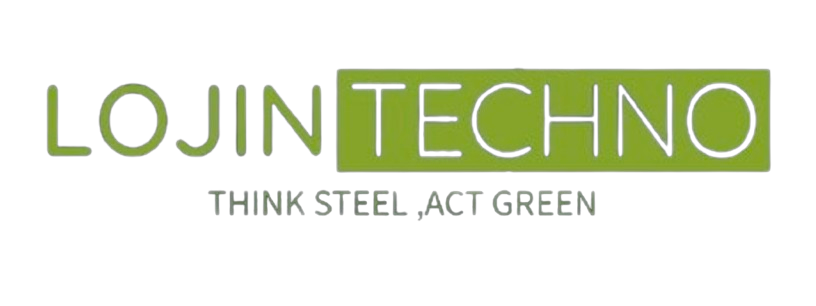In the context of steelmaking, the concepts of efficiency and effectiveness are crucial for assessing the performance and overall success of the manufacturing process. Let’s explore the distinctions between efficiency and effectiveness in the steelmaking industry:
Efficiency in Steelmaking:
- Resource Utilization:
- Description: Efficiency in steelmaking involves optimizing the use of resources such as raw materials, energy, and time. It aims to minimize waste and enhance productivity.
- Examples:
- Utilizing advanced technologies to increase the efficiency of blast furnaces or electric arc furnaces.
- Implementing scrap recycling programs to reduce the demand for virgin raw materials.
- Energy Efficiency:
- Description: Maximizing the output of steel per unit of energy input is a key aspect of efficiency. This includes measures to reduce energy consumption and improve overall energy utilization.
- Examples:
- Implementing waste heat recovery systems to capture and utilize excess heat.
- Investing in energy-efficient technologies and processes.
- Process Optimization:
- Description: Efficiency is achieved by streamlining and optimizing various stages of the steelmaking process. This includes improving the flow of materials, minimizing downtime, and maximizing production rates.
- Examples:
- Implementing advanced process control systems for precise temperature and chemical control.
- Optimizing rolling mill configurations to reduce material wastage.
- Cost Control:
- Description: Efficient steelmaking involves managing costs effectively to ensure competitiveness in the market. This includes controlling production costs, logistics, and overhead expenses.
- Examples:
- Negotiating favorable contracts with suppliers for raw materials.
- Implementing lean manufacturing principles to reduce unnecessary expenses.
Effectiveness in Steelmaking:
- Quality of End Products:
- Description: Effectiveness in steelmaking emphasizes producing high-quality steel products that meet or exceed customer specifications. It involves ensuring the desired mechanical properties, surface finish, and dimensional accuracy.
- Examples:
- Implementing stringent quality control measures throughout the production process.
- Investing in advanced testing and inspection technologies.
- Customer Satisfaction:
- Description: Effectiveness is reflected in the ability to meet customer expectations and deliver products on time. It involves understanding and fulfilling customer requirements.
- Examples:
- Maintaining a responsive supply chain to meet delivery deadlines.
- Collaborating with customers to customize steel products based on their needs.
- Innovation and Adaptability:
- Description: Effective steelmaking requires innovation and adaptability to evolving market demands and technological advancements. It involves staying ahead of industry trends.
- Examples:
- Investing in research and development to explore new steelmaking technologies.
- Adapting production processes to incorporate sustainable and eco-friendly practices.
- Environmental Sustainability:
- Description: Effectiveness extends to minimizing the environmental impact of steelmaking processes. It involves implementing sustainable practices and reducing the carbon footprint.
- Examples:
- Incorporating recycling programs to reduce the environmental impact of steel production.
- Investing in cleaner and more energy-efficient technologies.
Balancing Efficiency and Effectiveness:
Balancing efficiency and effectiveness in steelmaking is crucial for long-term success. While efficiency focuses on doing things right and optimizing processes, effectiveness ensures that the right things are being done to achieve overall goals. A harmonious balance between the two allows steelmakers to achieve high productivity, produce quality products, and meet the needs of both customers and the environment. The industry’s pursuit of continuous improvement involves finding innovative ways to enhance efficiency without compromising effectiveness and vice versa.

